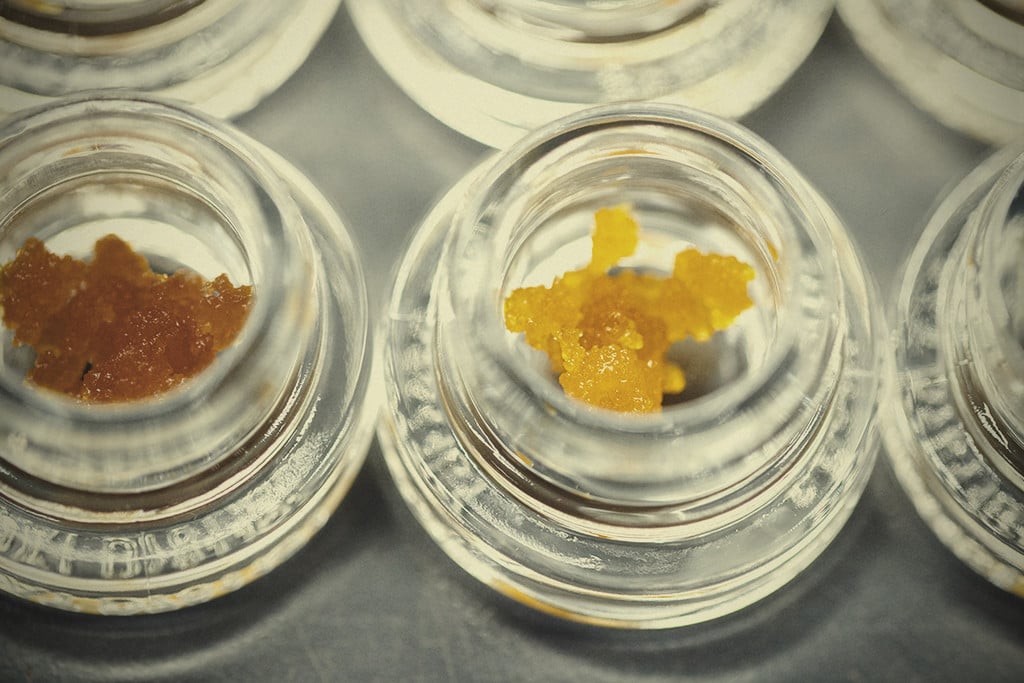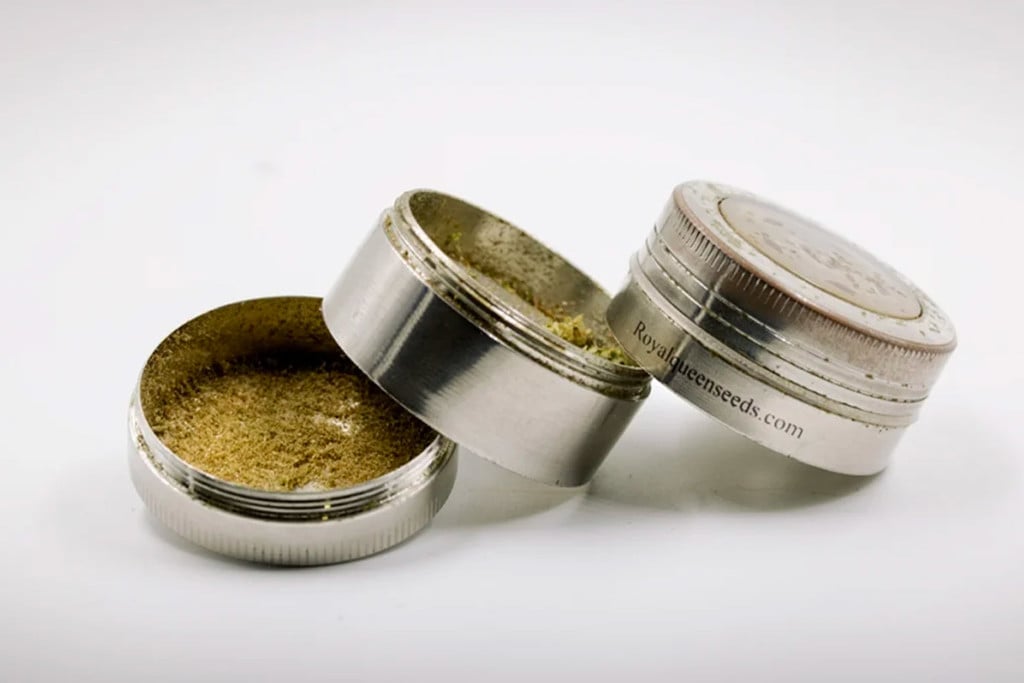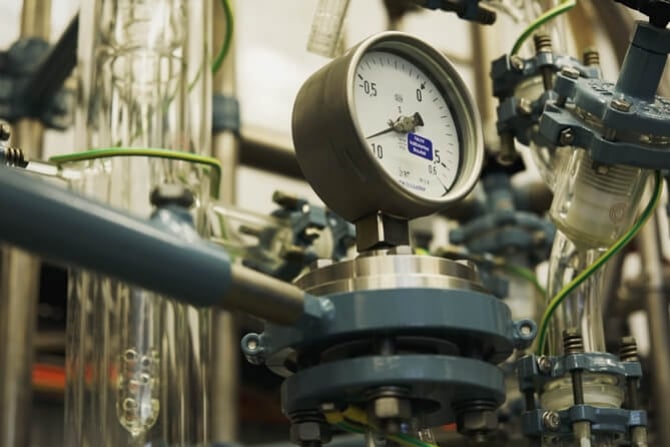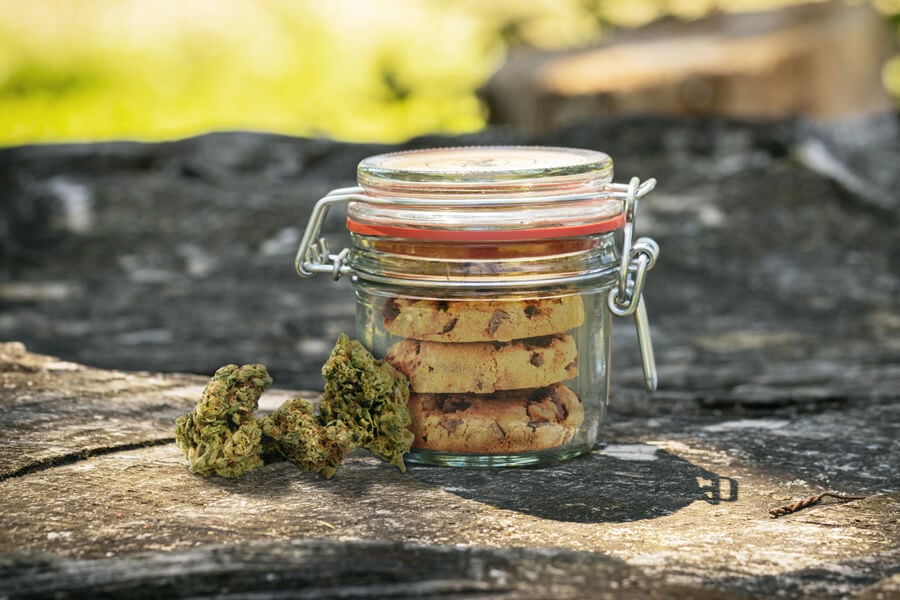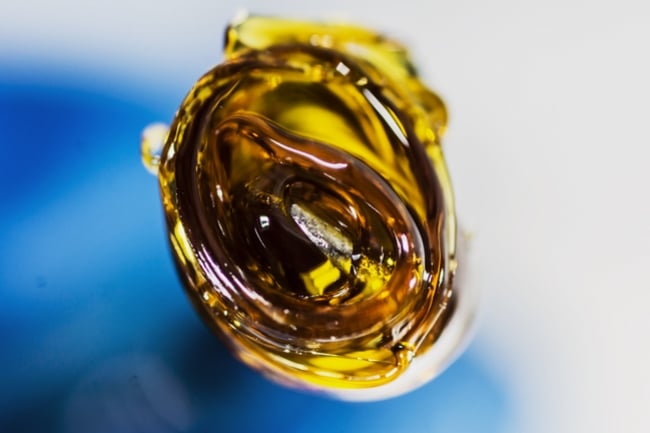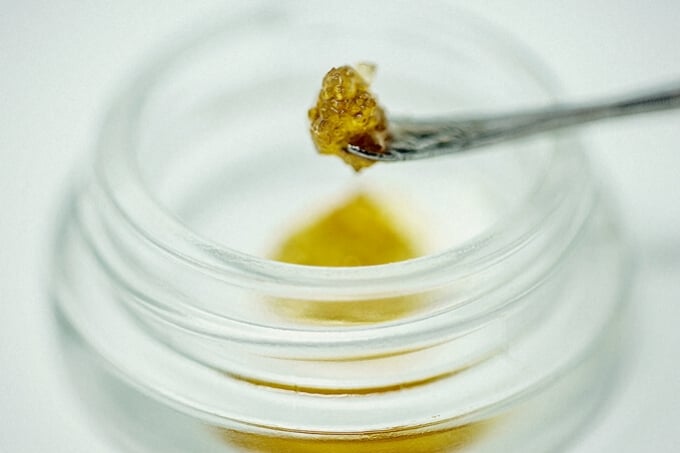.
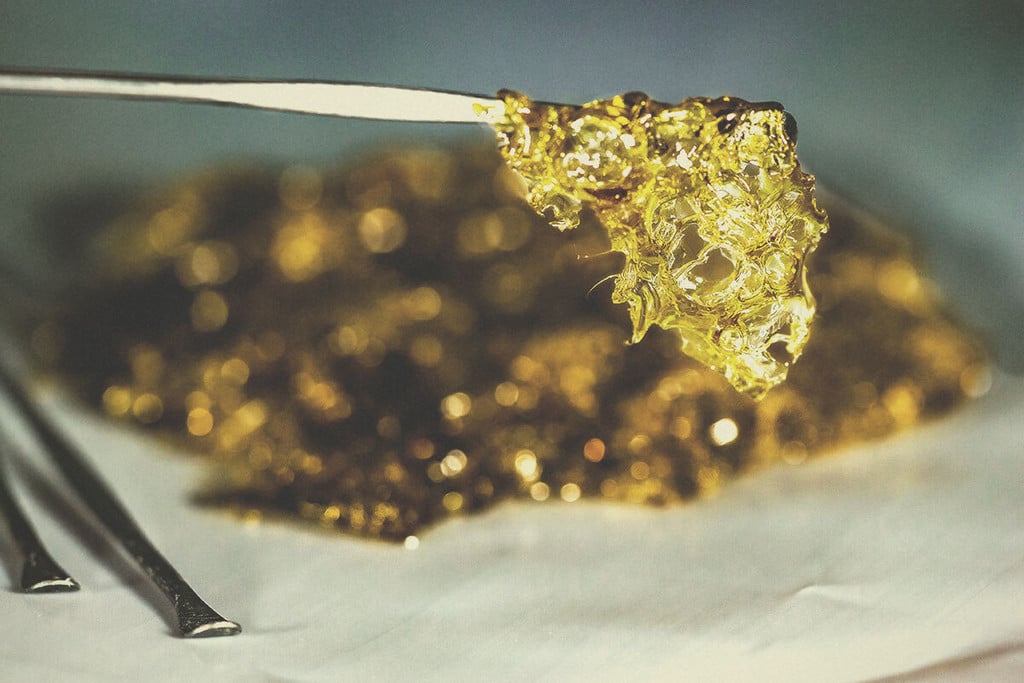
What Is BHO? — The Definitive Guide to Butane Hash Oil
Shatter, wax, crumble, and budder—BHO goes by many names (and takes on many forms). In this article, you'll everything there is to know about butane hash oil, and how it has forever changed the way we use cannabis.
Contents:
- Can you vape BHO?
- Yes, you can vaporize BHO in any vaporizer designed for use with cannabis concentrates. Check your vape’s user manual to find out whether it is compatible.
- Is butane hash oil safe?
- While the alarm bells go off pretty quickly when you mention the idea of vaping or smoking butane, rest assured; quality BHO concentrates sold in legal markets should contain no traces of butane and therefore be completely safe.
- Can BHO be consumed raw?
- No. Butane is extremely toxic to the human body, which is why you should never buy BHO from unlicenced or illegal sources. BHO sold in legal cannabis markets needs to adhere to strict quality guidelines and contain no residual traces of butane.
- Can you consume BHO edibles?
- Yes. Any quality BHO that’s been purged properly can easily be added to your favourite recipes to enrich them with cannabinoids, terpenes, and other cannabis compounds.
BHO, or butane hash oil, has taken the cannabis world by storm, offering a completely new way to explore and enjoy cannabis. Unfortunately, due to its complex and dangerous extraction process, BHO is mainly available in mature cannabis markets that have legalized and safeguarded its manufacture and use. After all, BHO extracts can boast potencies of around 90% THC, meaning they should be sold and handled with some level of care.
While BHO might seem like the new kid on the block, its roots actually lie in some pretty old-school extraction processes. The idea of extracting and concentrating cannabis compounds is far from new; in fact, hash-making dates back centuries in places like Morocco, India, Nepal, and Pakistan (where hash, or charas, played an important role in spiritual ceremonies). In fact, even in the US, cannabis extractions and tinctures lined the shelves[1] of pharmacies up until the early 1900s.
Solvent-based cannabis extractions even found their way into the US military post-prohibition. Confirmed and declassified WWII intelligence documents tell the tale of the US government and military using cannabis acetate and LSD in its interrogations[2].
While they might seem relatively detached from the extremely potent and aromatic BHO sold at US dispensaries, these historical footnotes helped lay the foundation for the processes used to make modern concentrates. And while it's hard to pinpoint the exact date BHO was created, we do know that the principles used to make it stem from the traditional extraction methods used to make tinctures, hash, and charas.
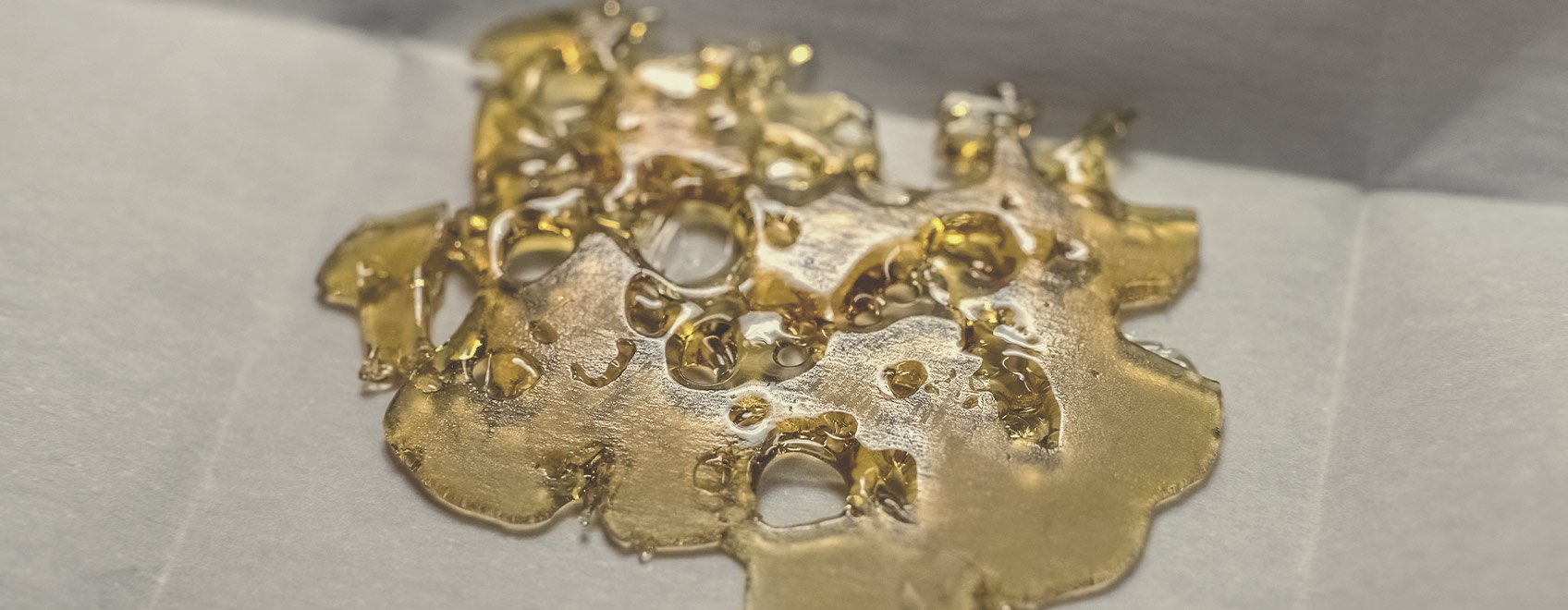
What Is BHO?
BHO stands for butane hash oil. It is a solvent-based cannabis extract that uses butane to remove the active compounds from cannabis flowers. The butane is then purged from the extract using heat, leaving behind a potent, sticky concentrate that can take on a variety of consistencies depending on variations in the extraction/post-extraction process.
How Is BHO Different From Other Concentrates?
BHO differs from other cannabis concentrates in a number of ways. First of all, it uses a solvent to extract the active chemicals from cannabis flowers. This is different from traditional hash or charas, which are both made without the use of a solvent (hash is made by using fine sieves to separate trichomes from dried cannabis buds, whereas charas is made using friction and heat to remove trichomes from live cannabis flowers).
Second, BHO differs greatly from other solvent-based extractions, such as tinctures (which are typically made with alcohol), both in its manufacturing and in its texture, flavor/aroma, and potency.
Unlike some cannabis concentrates, BHO is very sticky, has a distinct golden appearance, boasts very unique aromas that can’t be compared to that of regular hash, and is extremely potent. Some BHO extracts sold at US dispensaries can reach THC concentrations of up to 90%.
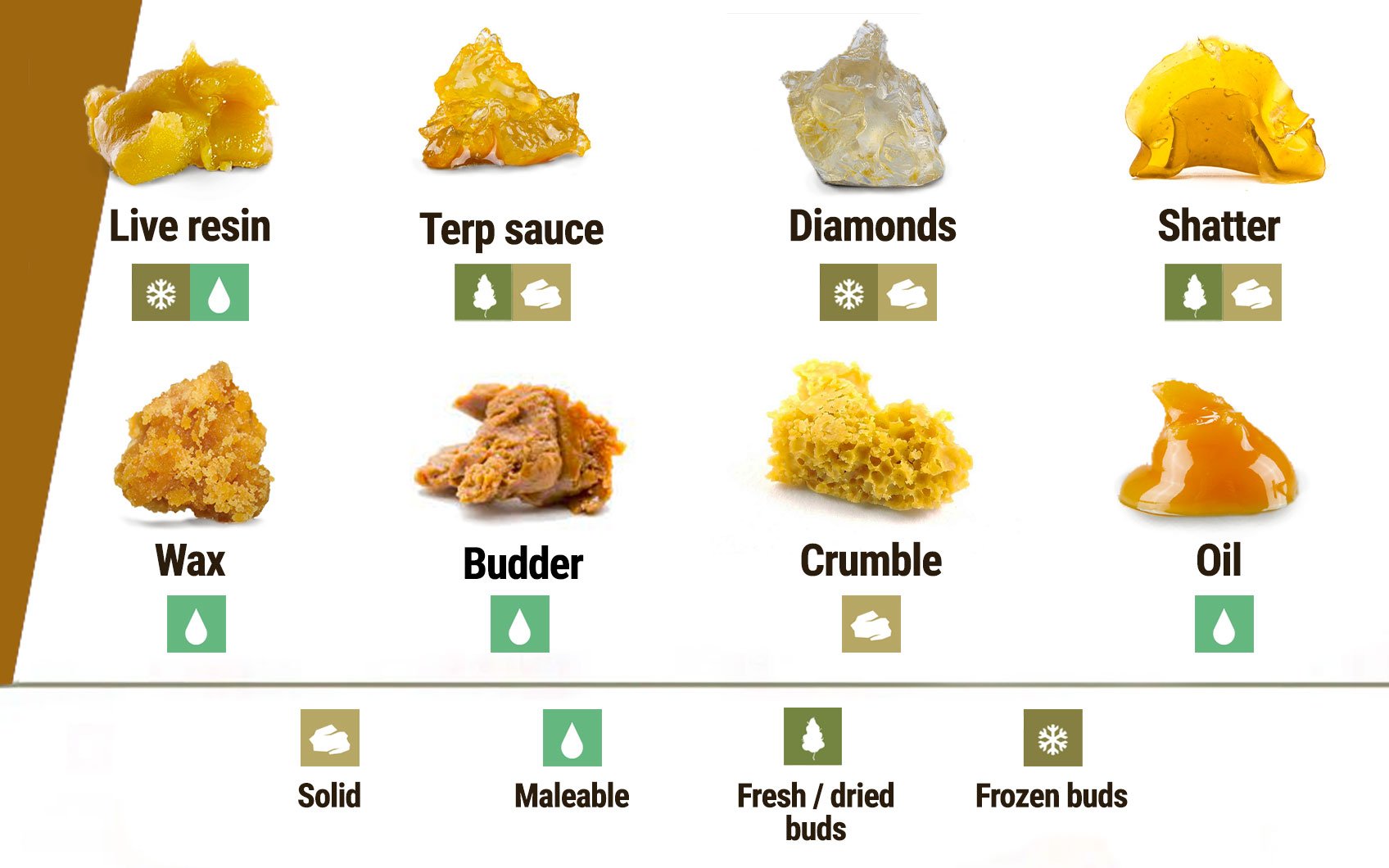
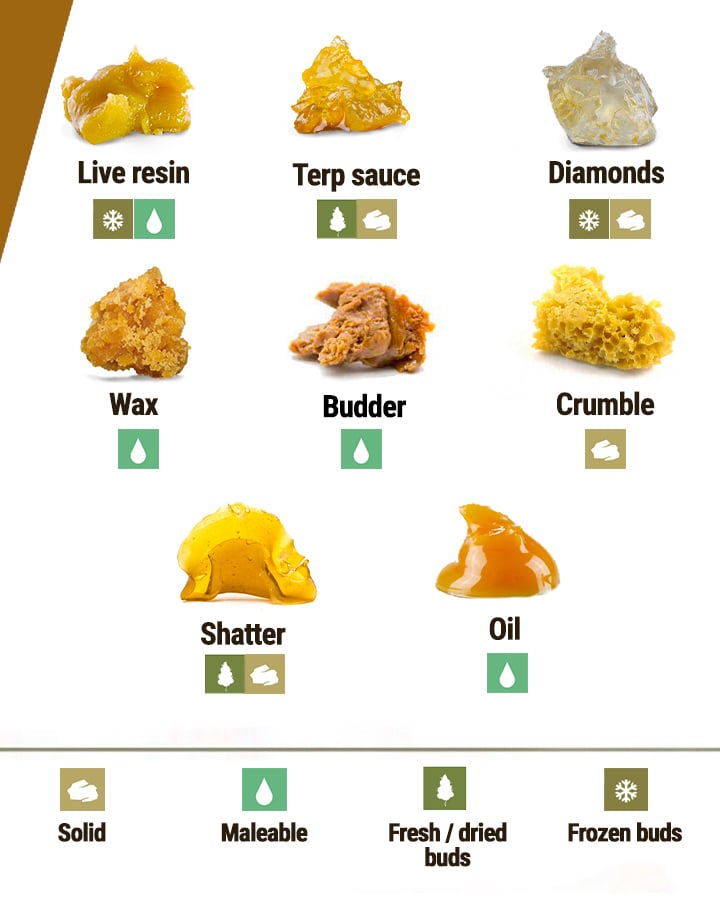
What Are the Different Products Made From BHO?
Oil, sauce, wax, budder—BHO is sold under a variety of different names. Below we’ll shine a light on the different types, and see what makes them unique.
-
Live Resin
Live resin is a really unique form of BHO because it is made using freshly harvested and snap-frozen cannabis buds, not the dried and cured buds used to make other types of BHO. It typically has a rich, golden-to-dark-yellow color and a malleable texture. Its aromas and flavors are notably richer and more delicate than those of other types of BHO.
The act of using freshly harvested buds lends live resin a really unique profile. That’s because this process helps preserve terpenes, many of which are extremely sensitive to higher temperatures and are lost during drying, curing, as well as traditional extraction processes (which use heat).
The origins of live resin date back to roughly 2011, when a small group of professional cannabis extractors from Colorado developed a specialized BHO extractor that could maintain extremely cool temperatures throughout the extraction process.
-
Sauce or Terp Sauce
Terp sauce has rapidly climbed the popularity ladder, and is probably one of the most sought-after forms of BHO currently on the market. It has a very unique texture, similar to crystallised honey, and offers a very distinct aroma, flavor, and effects profile compared to other forms of BHO.
In some ways, terp sauce is similar to live resin in that it boasts richer aromas and flavors. When it comes to its production, however, terp sauce is made using processes similar to that of BHO diamonds (more info below).
Terp sauce can be made using fresh or dried buds, and starts with a regular butane extraction. The mixture is then purged at low temperatures and allowed to sit for 2–3 weeks, allowing more butane to purge from the mixture and the terpenes and cannabinoids to start separating. After a final purge, the sauce is ready to go, forming a thick, crystalline texture and boasting amazing potencies and aromas.
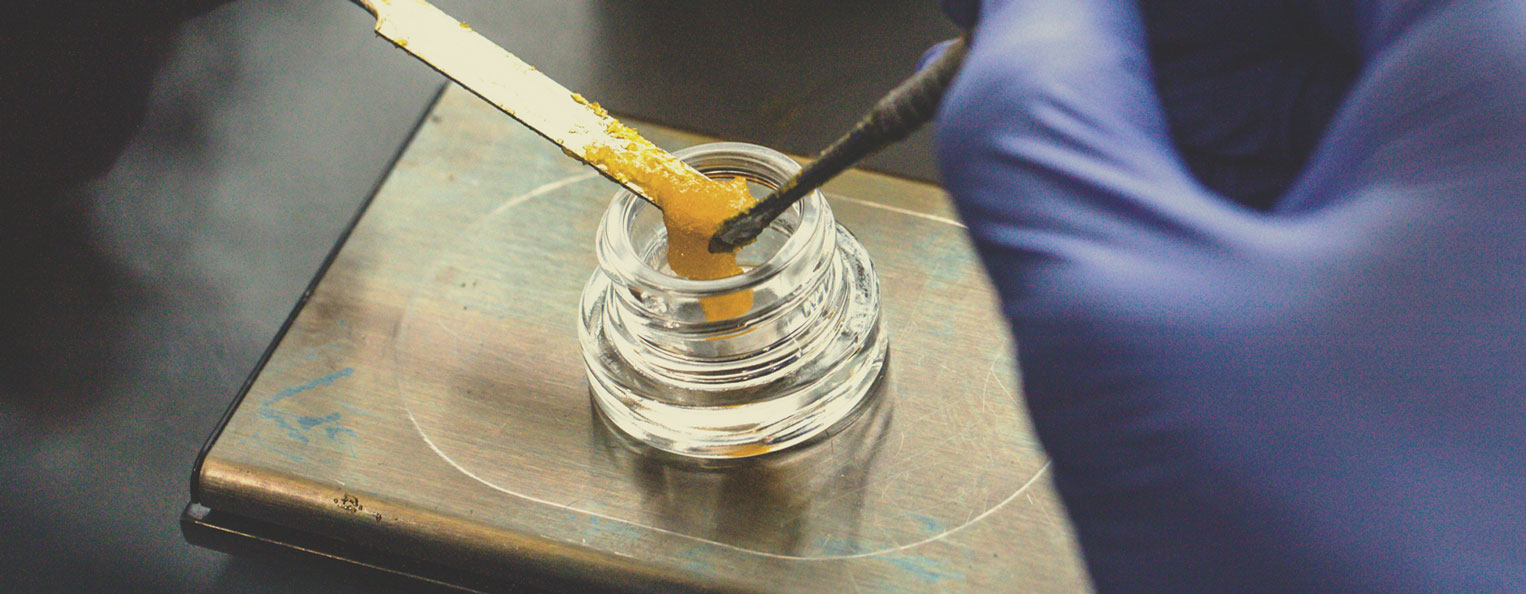
-
Diamonds
Diamonds are the latest craze in the world of cannabis concentrates. And while they’re hard to get one’s hands on, and, as a result, very expensive, weed diamonds will blow your mind. Literally; these tiny crystals of pure, isolated cannabinoids boast potencies that are difficult to top.
Weed “diamond mining” starts off just like regular live resin extraction; by dousing freshly harvested, snap-frozen cannabis flowers in subcritical BHO. The resulting resin is then purged at roughly 32°C before being left to separate for 2–3 weeks. During this process, the cannabinoids will separate from the terpenes and form crystals at the bottom of the container while the terpenes form a thick, semi-viscous layer on top.
Once separated, the diamonds need to be purged one final time to remove any residual butane. The resulting diamonds quite literally look like perfect little gems and boast massive purity (nearing 100%), while the terpene sauce can contain anywhere from 30–50% cannabinoids.
-
Shatter
Shatter is one of the most easily recognized forms of BHO. This brittle, glass-like concentrate is extremely popular in legal markets, and it’s not hard to see why. It boasts high potencies and great flavors and aromas, at a more affordable price than some of the other, more complex forms of BHO mentioned here.
Shatter gets its unique texture from its manufacturing process. Once liquid butane has been doused over the dried flowers, it is collected and allowed to form a thin layer on flat trays. The butane is then gently purged from the mixture at low temperatures to avoid combustion. Following the purge, the extract is allowed to cool and settle, a process during which any remaining butane continues to evaporate.
The finished product has a thin, brittle, glass-like texture and can boast cannabinoid concentrations of anywhere over 50%, sometimes even crossing the 90% mark.
-
Wax
As the name suggests, BHO wax has a thick, waxy texture. Not solid enough to be shatter, yet not liquid enough to be considered sauce or oil, wax is sticky, tasty, and ultra-potent. It usually has THC concentrations of 50–90% and is another favorite at many US dispensaries.
Wax isn’t completely translucent. Instead, it has an opaque, golden appearance similar to beeswax or honey. It gets its unique texture from its purging process. Unlike shatter, which is left to rest and purge undisturbed, BHO wax is agitated lightly during the purging process. Not only does this allow for a faster purge, but the subtle agitation is also one of the main contributors to wax’s unique texture.
If you’re lucky enough to get your hands on some BHO wax, make sure to handle it carefully, preferably using a dab tool. This stuff is super sticky and known to make a huge mess if not handled swiftly when loading it into your rig.
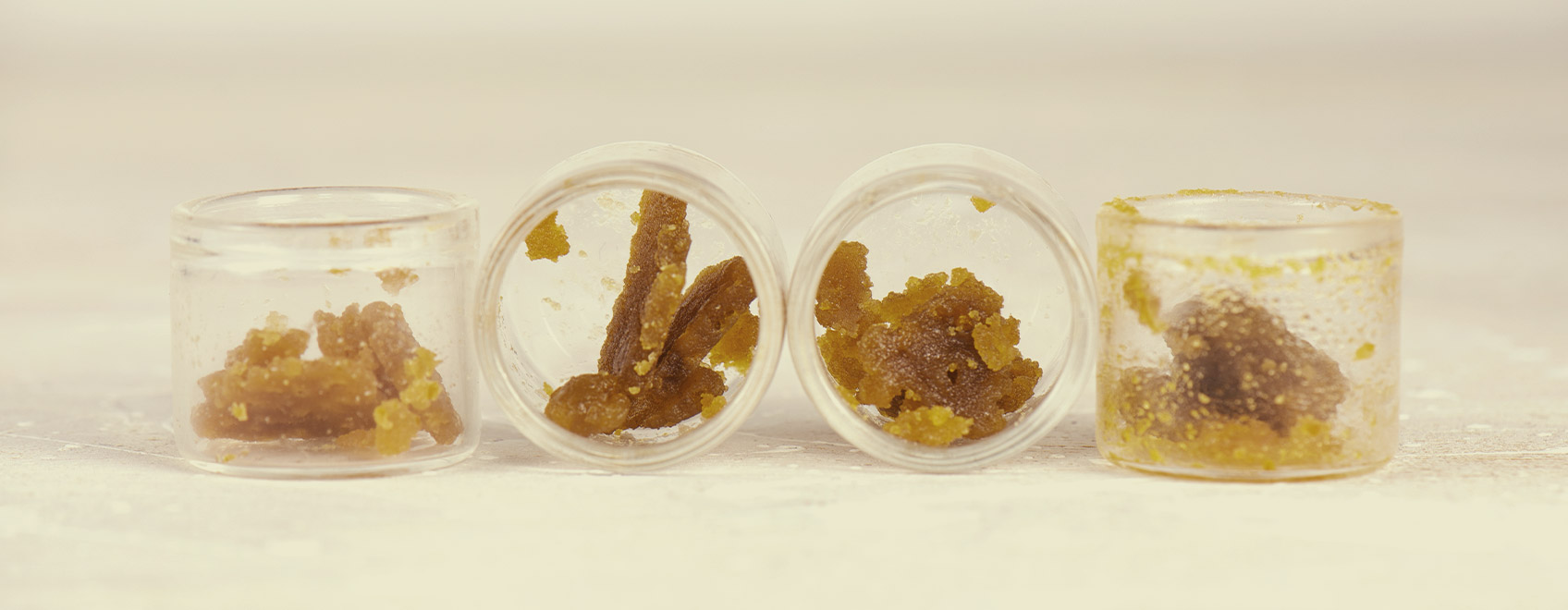
-
Budder
Mmmmm, budder! You guessed it; BHO budder is rich, creamy, and mouth-wateringly delicious. Like wax, budder is agitated during the purging process, which is what gives it its uniquely thick texture, similar to real butter.
While the exact techniques used to make BHO budder can obviously vary from one extraction lab to another, the basic principle behind creating this unique extract is simple. By heavily agitating the BHO as it purges, the mixture starts to take on a thick, creamy texture and opaque appearance. Its color can vary, but budder tends to be a light-to-medium golden color and boasts THC levels of anywhere up to 80%.
-
Crumble
BHO crumble can vary pretty dramatically in texture and appearance. If you’re lucky enough to visit a legal cannabis market where there’s a wide variety of BHO on sale, you might be particularly surprised to see the difference between batches of crumble.
One of the key characteristics that sets crumble apart from other types of BHO is its dryness. Some types of crumble can be so dry that they almost resemble grains of sugar or clumps of honeycomb. Other crumble can be slightly wetter, but this is, in general, a very dry type of BHO.
Crumble owes its unique texture to an equally unique purging process; during the final stages, crumble is loaded onto a pan, placed inside a vacuum oven, and purged at relatively low temperatures (much lower than those used to purge other types of BHO). This low and slow purging process is what gives crumble its unique dryness.
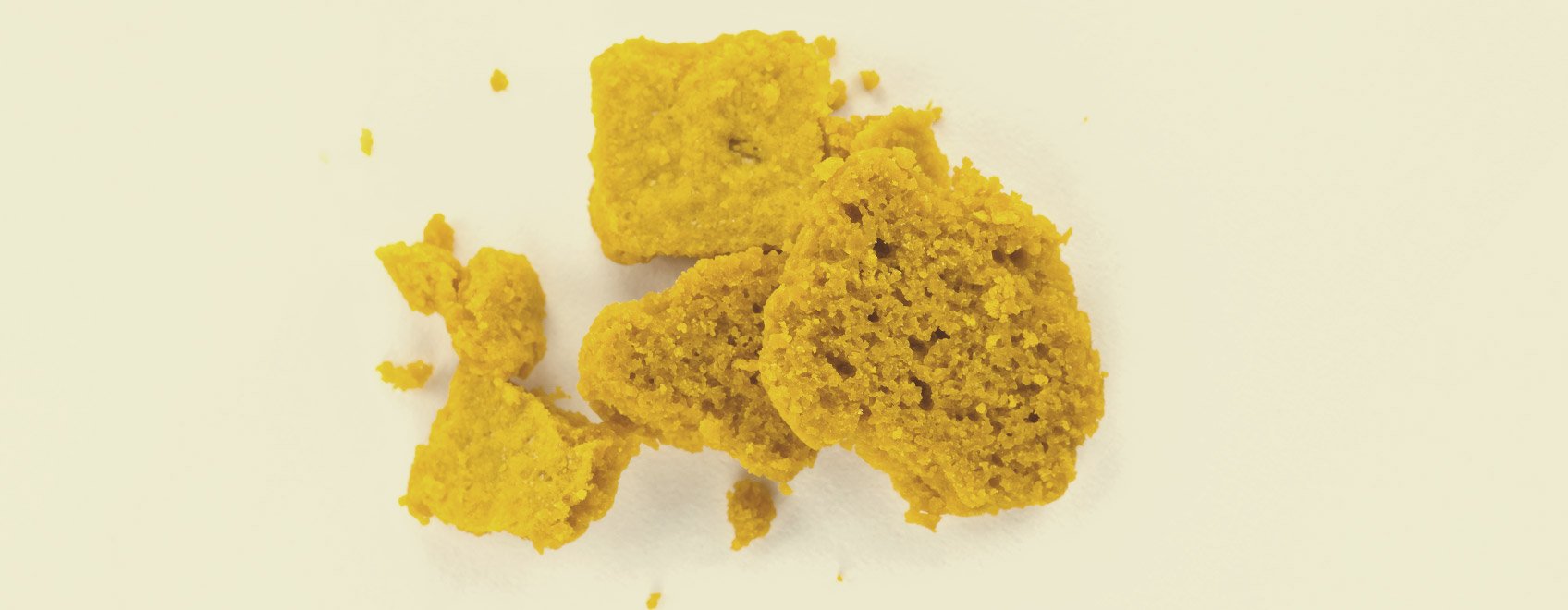
-
Oil
BHO oil is the most loose form of BHO, although the exact consistency can vary from one producer, and batch, to another. Thicker and less-viscous oils are often sold as sap, due to their similar consistency to tree sap.
Because they are so hard to handle and load into a dab rig or vape, oils have become far less popular over recent years. Instead of being vaped or smoked straight-up, they are often used in twaxing or the creation of moon rocks.
How Is BHO Extracted?
Basically, BHO is made by using butane to dissolve and extract the active ingredients (cannabinoids, terpenes, and flavonoids) from cannabis plant material. The butane is then evaporated, leaving behind a concentrated resin that can be processed further into the different products listed above.
Take a microscope or jeweller’s loupe to a cannabis flower and you’ll likely be entranced by the flower’s complexity and beauty. Covering the surface of the entire flower are tiny, crystalline, mushroom-like structures known as trichomes. These trichomes are made up of a waxy membrane that holds together the cannabinoids, terpenes, and flavonoids that give cannabis its unique aromas, flavors, and effects. Most of these compounds aren’t water-soluble, and instead only dissolve in oil, liquid gas, or alcohol.
To make BHO, extractors “blast” either fresh or dried cannabis flowers with liquid butane to dissolve the trichomes and separate them from the plant matter. Next, they discard the plant material and purge the butane from their extract, leaving behind only the concentrated cannabis compounds. This concentrated resin can then be processed further to bring out unique textures, flavors, and aromas.
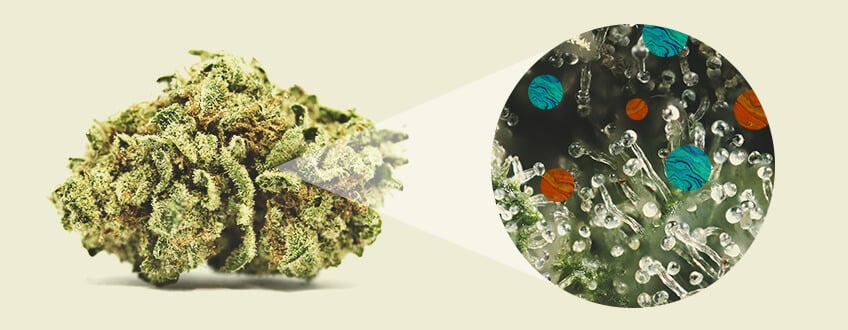
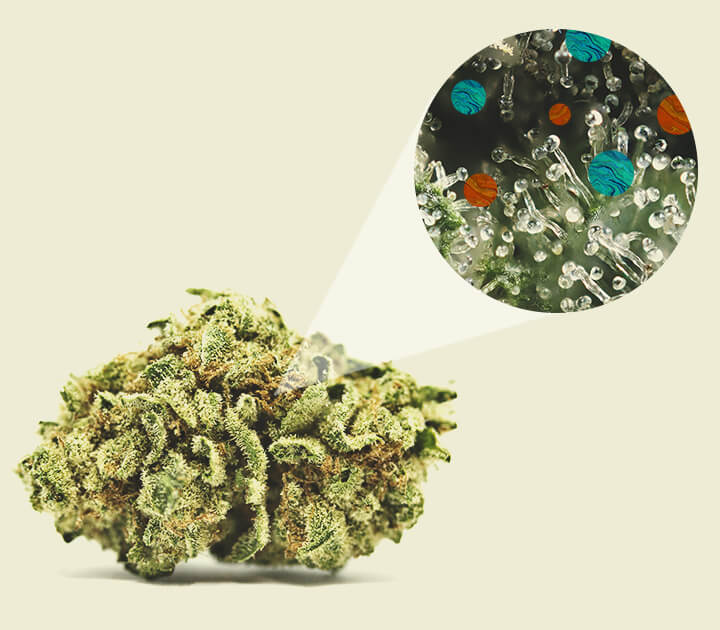
What Is the Difference Between Closed-Loop and Open-Loop BHO Extraction?
BHO can be made using one of two methods of extraction: open-loop or closed-loop. We’ll take a closer look at both below, and examine why one is clearly dominating the commercial BHO market.
-
Open-Loop Extraction
As the name suggests, open-loop extraction systems are “open”, meaning the solvents, cannabis plant material, and extracted resin make contact with the outside environment. This poses many major disadvantages.
First and foremost, open-loop extraction allows for the possibility of pollutants from the outside environment coming into contact with the butane, plant material, and resulting extract. Not only does this jeopardise the quality and purity of the final product, but it also poses a plethora of safety risks, seeing that butane is a very volatile and explosive material that needs to be handled with extreme caution.
Open-loop extraction systems are also less efficient than closed-loop systems, as they cannot generate the same amount of pressure during the blasting process. The higher the pressure during the blasting, the more time the butane comes into contact with the cannabis plant material, and the richer the final extraction. Open-loop systems also make it harder to manage the temperature during the extraction process, and waste more solvent.
Due to the numerous setbacks of open-loop extraction, the professional extract industry has unanimously adopted closed-loop extraction.
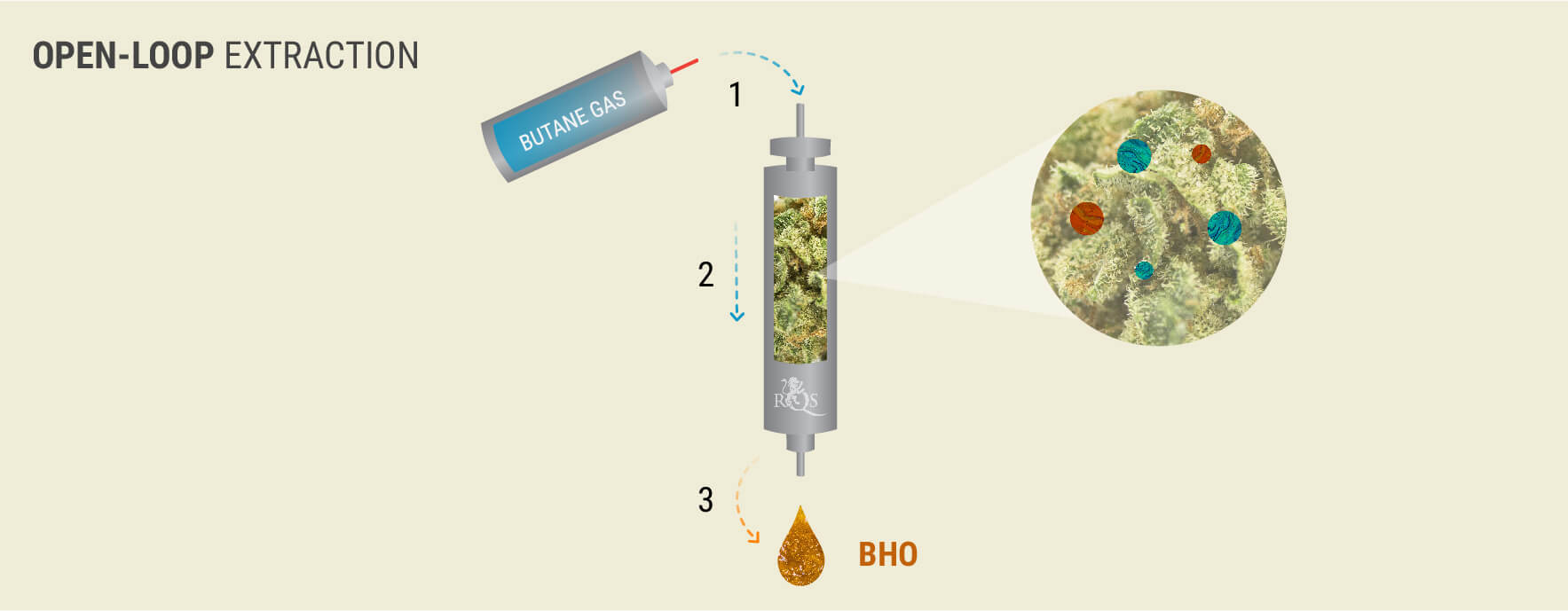
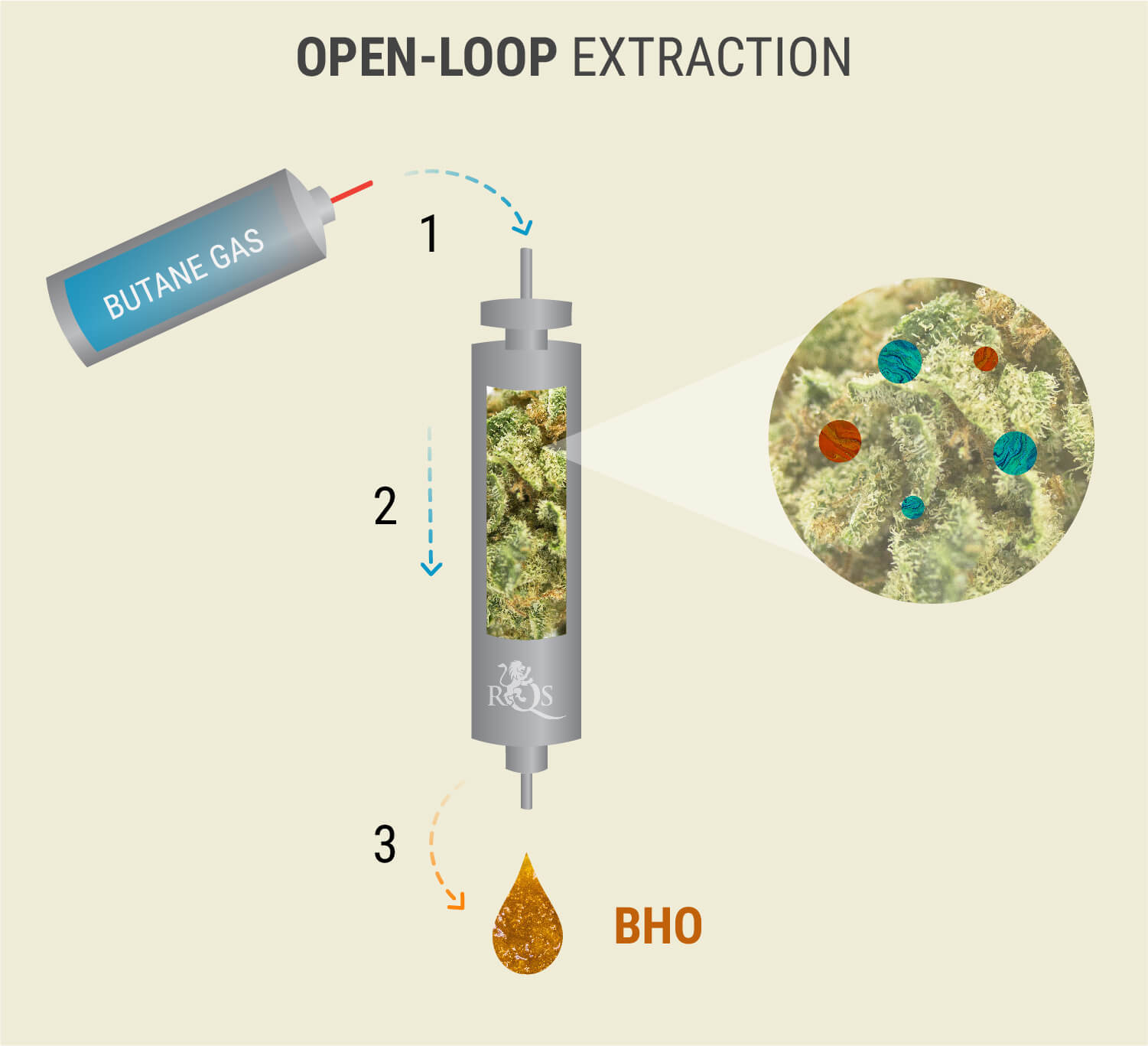
-
Closed-Loop Extraction
Closed-loop extraction, you guessed it, uses a completely closed extraction process that addresses many of the setbacks of open-loop extraction.
Because the entire process is run on a closed circuit, extractors are able to ensure a cleaner product and maximum safety. Closed-loop systems also allow extractors to capture, separate, and work their solvent back into a liquid form, meaning they can reuse it multiple times, driving down the cost of their operation and increasing their profit margin.
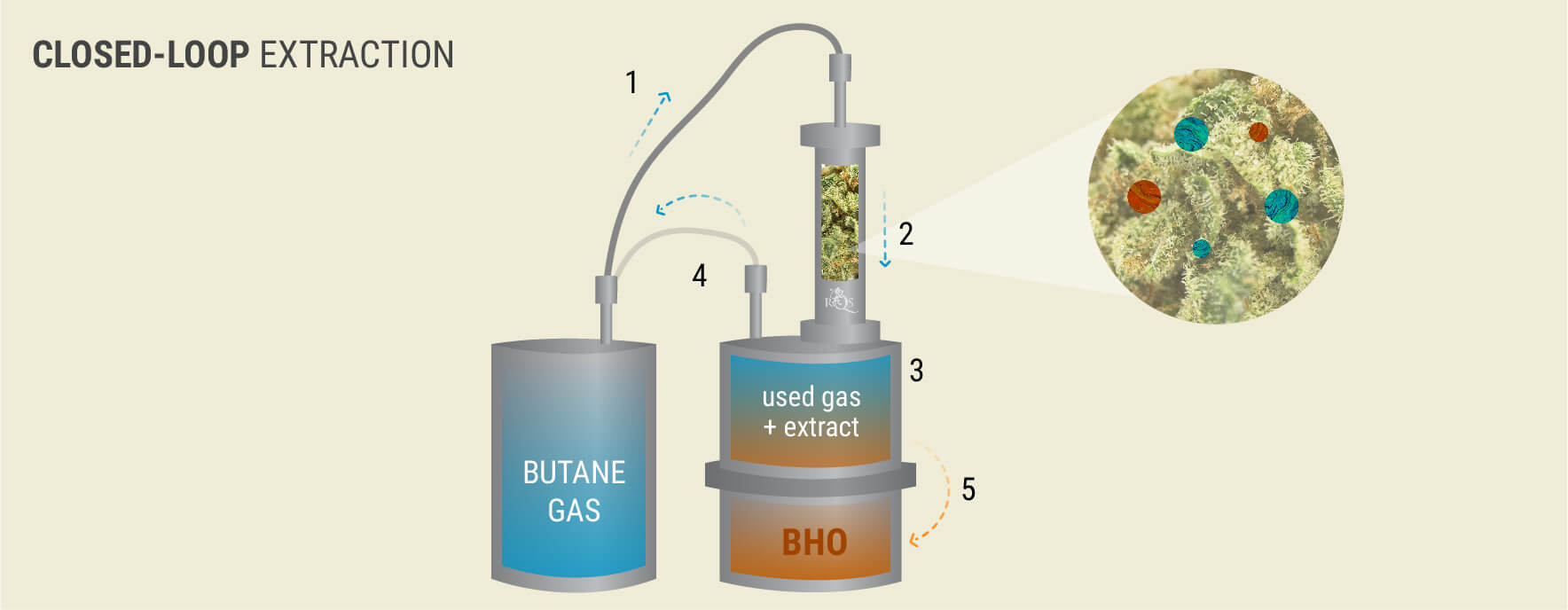
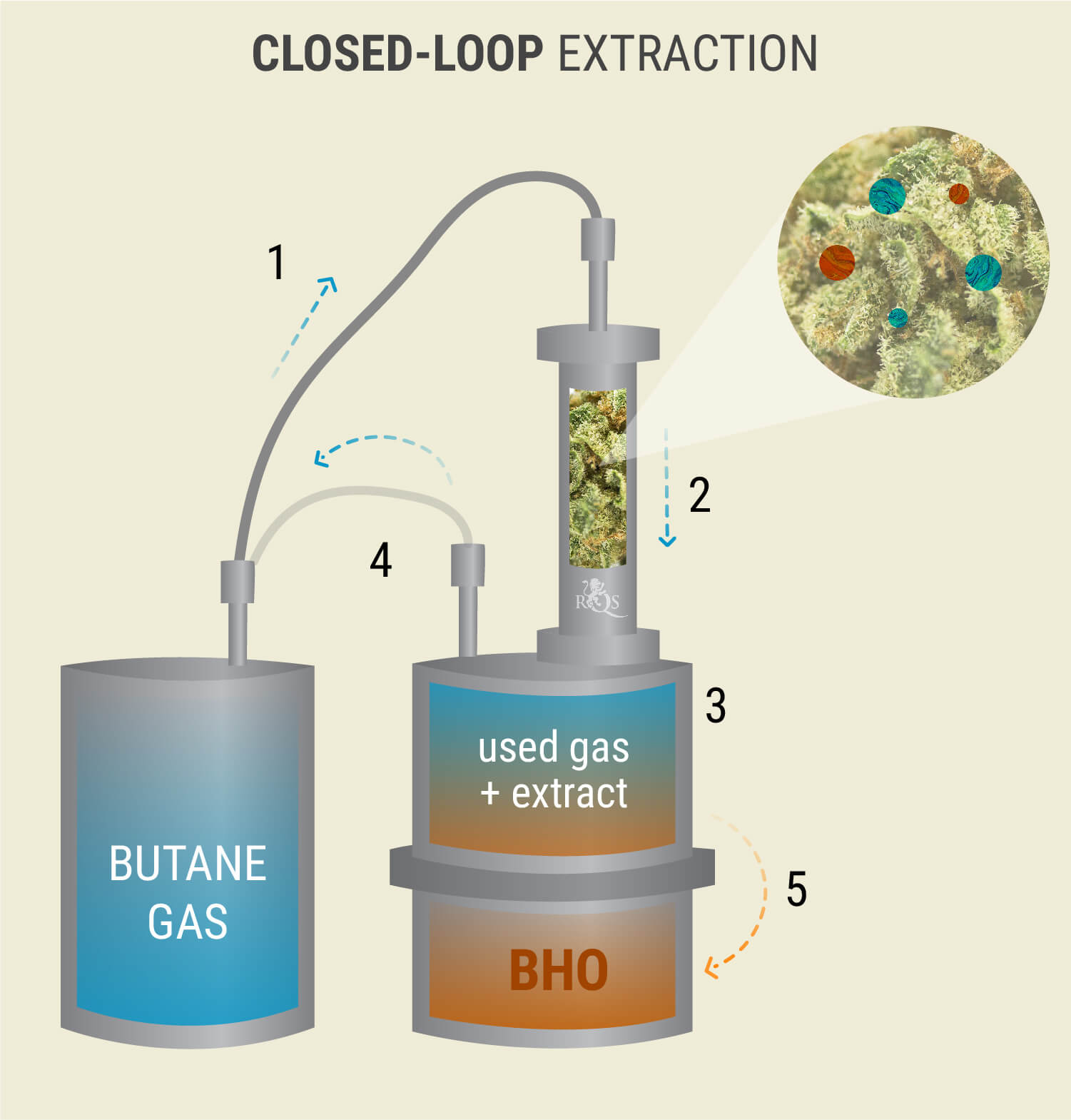
Can I Extract BHO at Home?
Largely, no. Butane is extremely volatile and needs to be handled in controlled laboratory settings by professionals who have the expertise and equipment to run these extractions safely and effectively.
Should Cannabis Be Decarbed Prior to Butane Extraction?
Yes, decarboxylating cannabis prior to extraction can be beneficial because it helps dry out the plant material and ensures a better extraction. Cannabis plant material should contain less than 1% water when extracted, which is much drier than most buds on the market (in legal markets, flowers average about 6% water by dry weight). That said, not decarbing your plant material is also fine, and the final product shouldn’t sacrifice any potency.
What Is Winterisation?
Winterisation is a key step in the production of BHO that helps extractors create clean and pure concentrates. And while it might sound complex, the principle behind winterisation is fairly straightforward: extractors take their non-polar crude extract and dissolve it into a polar solvent (like ethanol, for example) at sub-zero temperatures. This process allows compounds like lipids, waxes, and chlorophyll to coagulate and be filtered out of the extract, resulting in a more refined product.
How Is BHO Consumed?
BHO can be inhaled in vaporizers, dabbed in specialized water pipes known as dab rigs, or added into joints, blunts, spliffs, canna-cigars, or bowls and smoked. Each of these methods has its own unique advantages and disadvantages.
-
Vaping
Vaporizing any form of cannabis, be it dry flower or BHO, has some clear benefits. The ability to control the temperature is an extra safeguard against combustion (which burns your extract, tainting its flavor/aroma and exposing you to dangerous chemicals). Plus, having more control over temperature allows you to tailor your vaping experience to really maximise the flavor, aroma, and vaporization of your BHO.
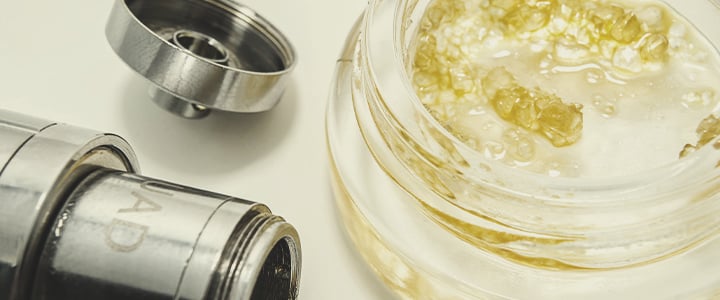
-
Dabbing
Dabbing BHO with a dab rig is super popular. Similar to bongs, dab rigs use water to filter vapor before you inhale it, often producing smoother hits that many users find easier on the throat and lungs. Unfortunately, dabbing with a dab rig has some cons; mainly, using these specialized rigs can be a bit overwhelming (especially for beginners), and using a blowtorch to heat your nail obviously makes it hard to closely monitor the temperature at which you dab your concentrates. Note that you can work around this by investing in an e-nail, which can be heated to precise temperatures.
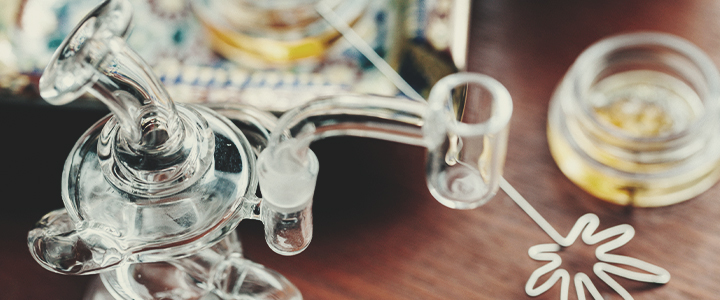
-
Smoking
Smoking is arguably the simplest way to delve into the world of BHO. While BHO can be hard to handle, with a little patience and a reliable dab tool, you should be able to find creative ways to work different types of BHO into your joints, blunts, spliffs, or bowls. Unfortunately, one big downside to smoking BHO is that it involves combustion, which will strongly alter the flavor, aroma, and overall experience.
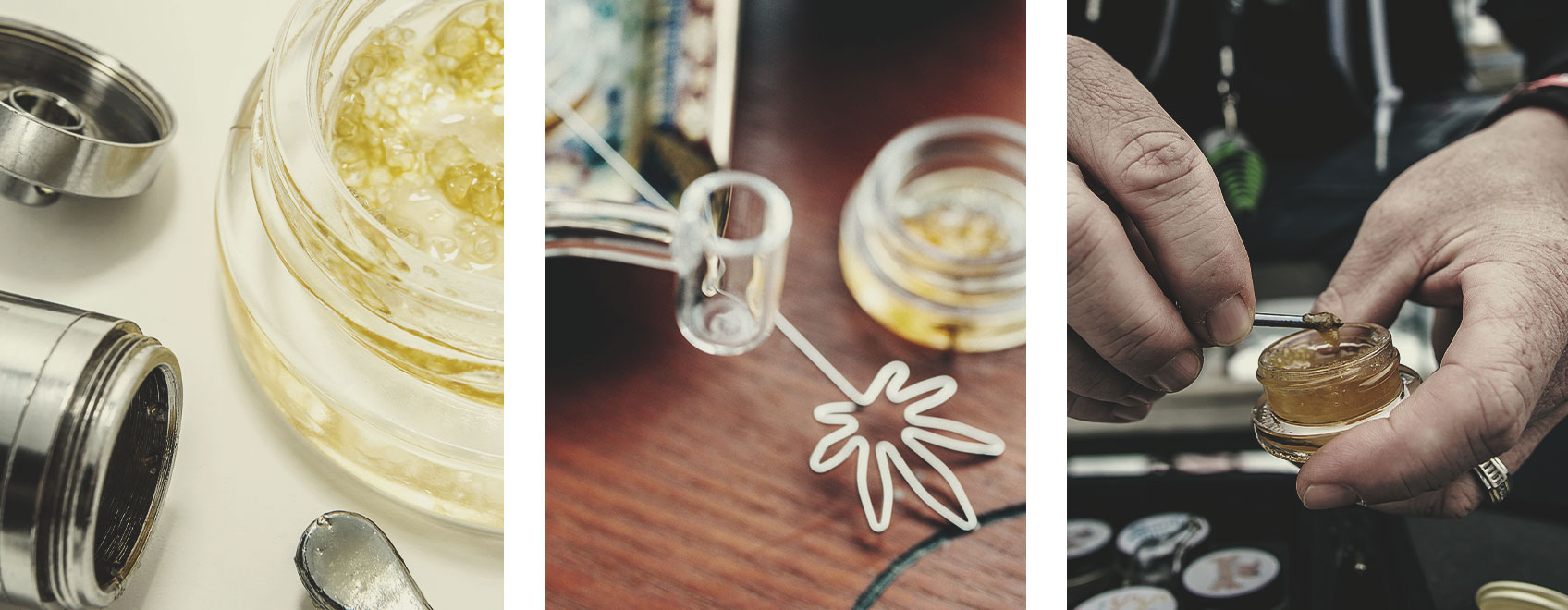
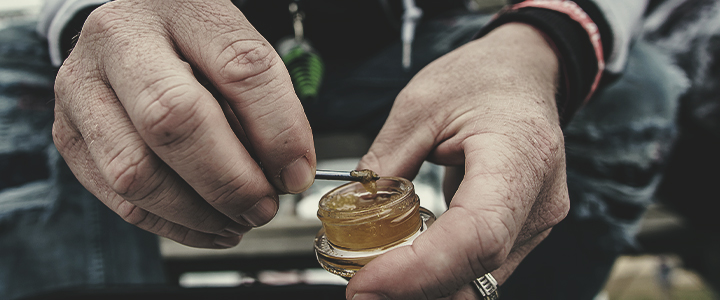
How To Store BHO
Storing BHO is pretty straightforward. If you’re buying BHO from a legal retail store, such as a dispensary, it’ll likely come in a little glass container or jar that you can store it in. If not, we recommend wrapping your BHO in parchment paper and storing it in a glass jar or plastic container (the parchment paper will keep your BHO from sticking to the inside of the container).
Like flower, we recommend storing your BHO in a dry, dark, and cool place to help preserve the volatile terpenes, flavonoids, and cannabinoids it contains.
What Is Nucleation?
Nucleation, or polymorphism, is what happens when lipids and/or contaminants present in your BHO start to separate from the cannabinoids. When this happens, your BHO can look particularly sugary or crystalline (some users say that nucleated BHO has “sugared up”). Many different factors can cause your BHO to nucleate, including:
- Sudden shifts in temperature and moisture.
- Contamination (either pre or post-extraction): Water, pollen, dust, or other contaminants present in the environment can cause BHO to “sugar up” or nucleate.
- Winterisation: BHO that’s been winterised may contain fewer contaminants, and is therefore less likely to sugar up.
Which Is Better: BHO or CO₂ Extraction?
Butane and CO₂ extraction are the two main extraction methods dominating the cannabis space at the moment, and with good reason; both have pros and cons that make them favorable in different scenarios.
- Butane extraction is fast and relatively inexpensive. The materials and equipment needed to create butane extracts are easy to get a hold of and relatively cheap (especially when compared to the materials and equipment used for CO₂ extraction). Butane extraction can also yield some pretty impressive THC concentrations, which is one of the reasons BHO has become so popular.
- CO₂ extraction is expensive, time-consuming, and requires materials and equipment that are harder to access than those used in butane extraction. However, as is the case with many things, you get what you pay for. CO₂ extraction works at lower temperatures than BHO, meaning it does a better job of preserving cannabinoids, terpenes, and other volatile cannabis compounds. CO₂ is also natural and non-toxic, meaning it is often considered safer both for the consumer and the manufacturer. It can also be recycled, meaning making CO₂ extracts can be more sustainable.
Wrapping Up: BHO — One of the Kings of Cannabis Extracts
As we saw in this article, BHO has undoubtedly changed the way we enjoy cannabis. If you’re lucky enough to live in a place where cannabis is legal and you can access high-quality, professionally extracted BHO, do not hesitate to do so; it might just change the way you experience cannabis for good!
- CANNABIS TINCTURES AND FLUID-EXTRACTS http://antiquecannabisbook.com
- Files Show Tests For Truth Drug Began in O.S.S. https://www.nytimes.com


























